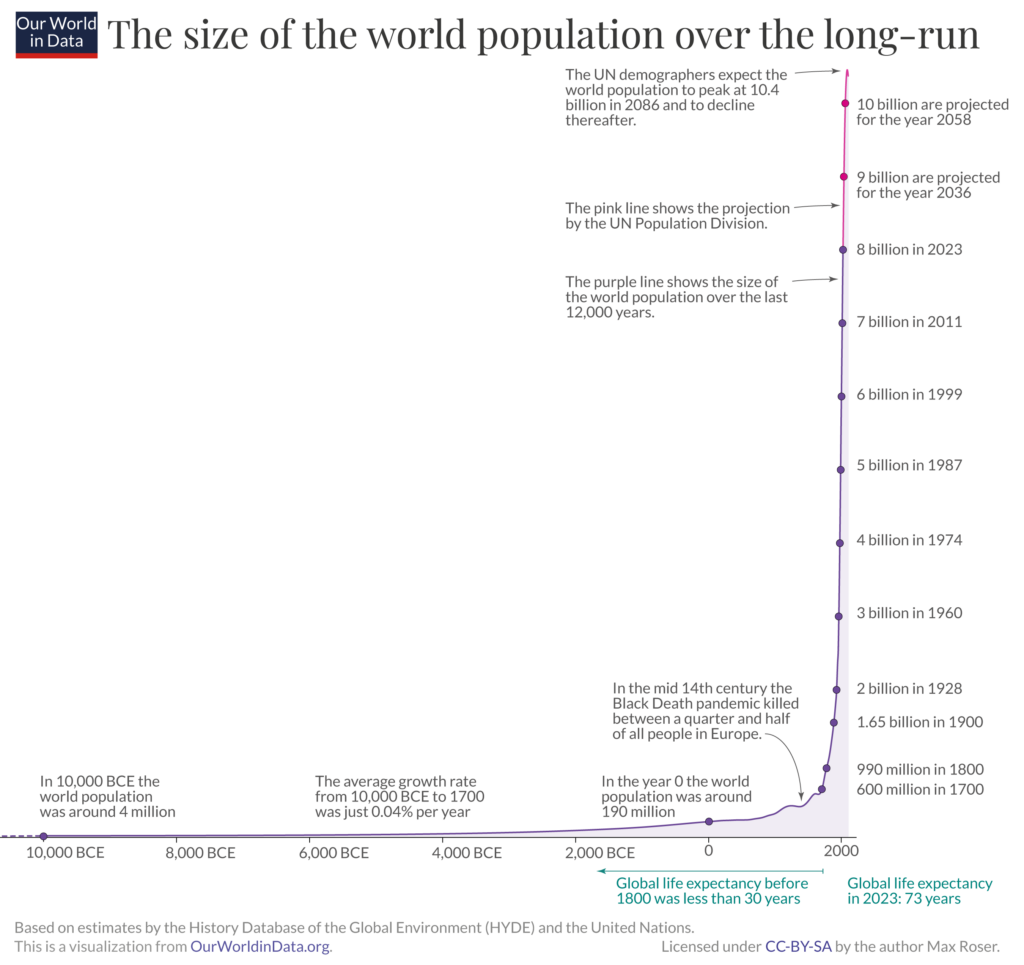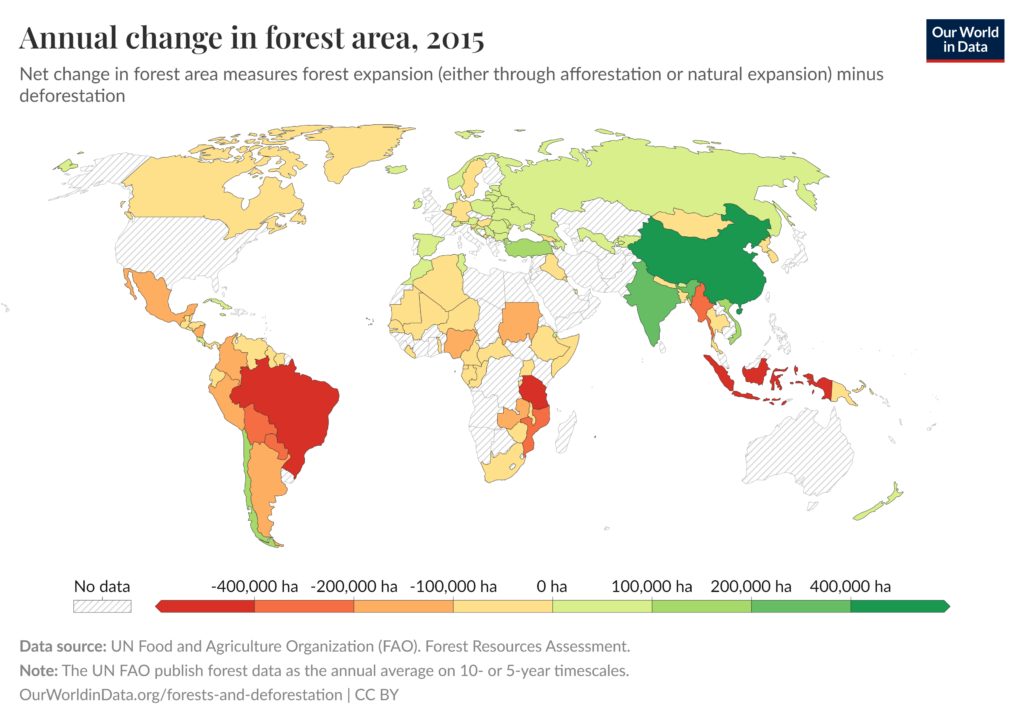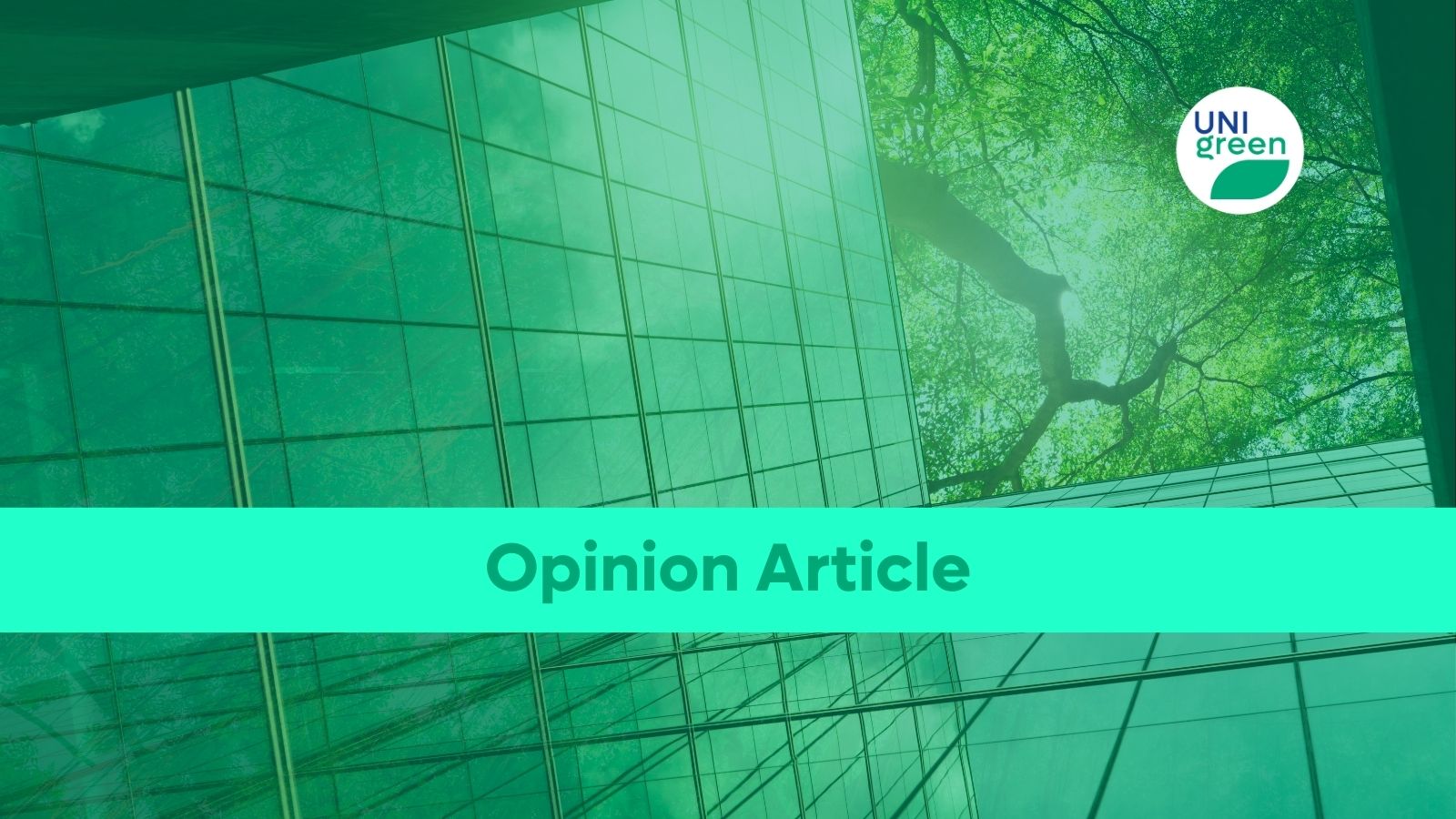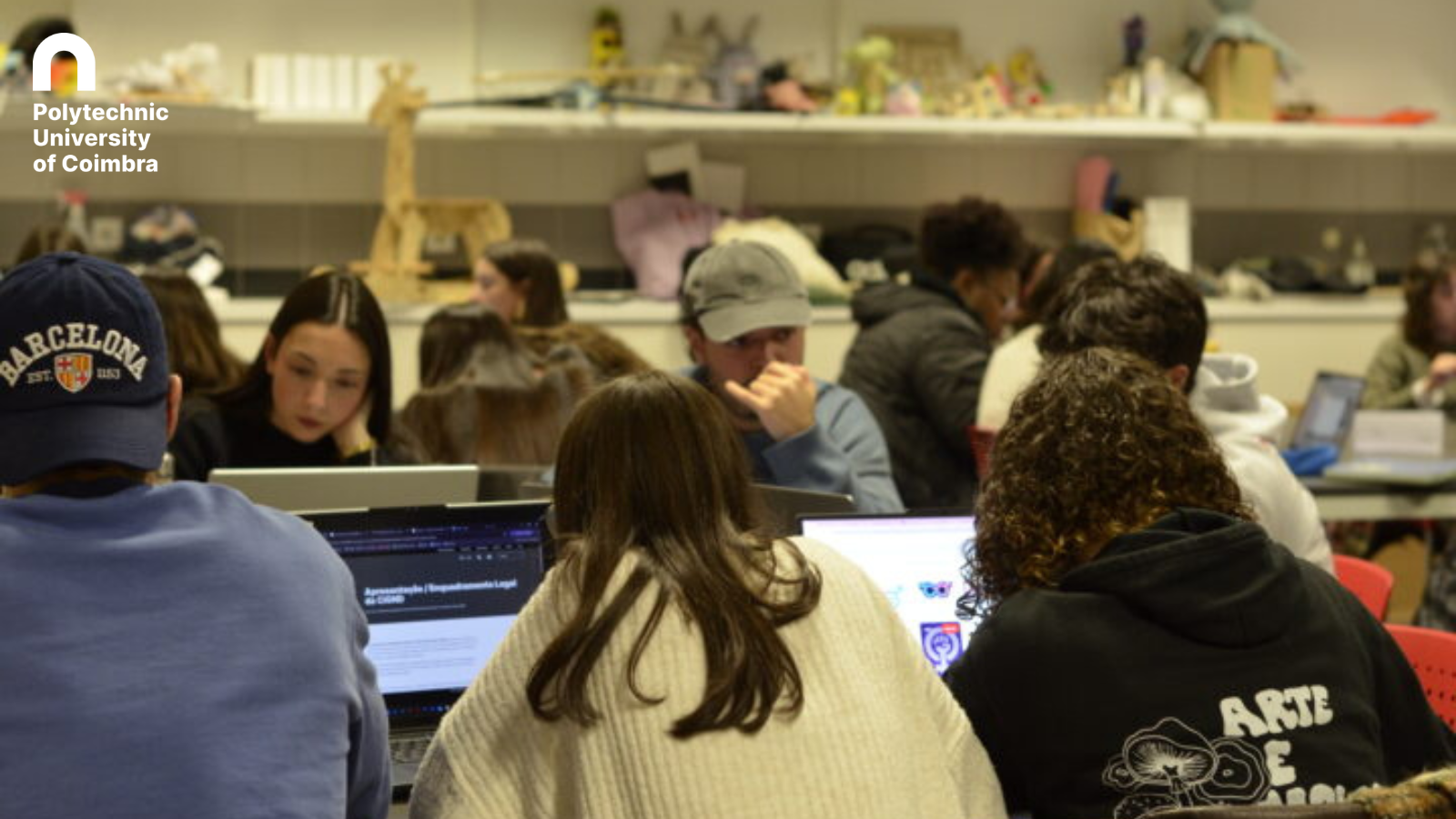Our world is constantly changing due to population growth, urbanization, and technological progress. These shifts are transforming economies, societies, and the environment. While technology has improved our lives, it has also put significant pressure on natural resources. To move forward sustainably, we must understand these impacts and find solutions that balance development with environmental responsibility.
Over the past 200 years, Earth’s population has grown at a remarkable rate. In 1800, our planet was home to approximately 1 billion people. By 2023, that number had surpassed 8 billion.

The time between each additional billion decreased dramatically at first. It took about 128 years (until around 1928) to reach 2 billion, but only 32 years more to reach 3 billion in 1960. The acceleration continued, with the 4th billion reached in just 15 years (1975) and the 5th billion in merely 12 years (1987).
Interestingly, population growth then stabilized somewhat. We reached 6 billion in 1999, 7 billion in 2011, and 8 billion in 2023—each milestone taking approximately 12 years.
Population growth is closely tied to advancements in medical care, food access, and economic development. The latter began with the transition from the age of wood to the age of steam—the First Industrial Revolution—when coal-fired boilers powered machinery. This was followed by the Second Industrial Revolution, marked by the shift to other fossil fuels like oil, which provided the energy needed for electricity production.
Electricity, in turn, enabled the Third Industrial Revolution centred on electronics, which led to the Fourth Industrial Revolution, characterized by the Internet and artificial intelligence. Given these technological progressions, one might expect a decline in demand for wood, particularly as a fuel source.
Meanwhile, demand for wood is actually growing, reaching enormous proportions in some parts of the world. In Kinshasa, the capital of the Democratic Republic of Congo, the majority of residents and factories depend on charcoal and firewood as their primary energy sources for both cooking and manufacturing.
It’s worth noting that coal mining requires substantial amounts of wood for constructing mine tunnels. Similarly, early oil extraction relied heavily on wooden structures to build oil wells. Economic development and increased food production also drive the need for agricultural land. This is one of the leading causes of deforestation in the Amazon region, where forests are cleared to make way for soybean farms and other agricultural operations.
Globally, we lost 81.7 million hectares of forest between 1960 and 2019, with the majority of this deforestation occurring in tropical regions, particularly in areas around the equator.
Simultaneously, a significant portion of our growing population is migrating to cities. While only about 2% of humanity lived in urban areas at the beginning of the 19th century (with uneven distribution—reaching 30% in some parts of Europe), today’s global average stands at 56%, with some countries exceeding 80% urbanization.

This social transformation has distanced humans from nature, potentially hampering our understanding of natural processes and our ability to manage increasingly altered environments properly. Without comprehensive education at all levels—from early childhood through university—that enables critical verification of information, people become more susceptible to appealing but factually unsupported claims.
Such misinformation creates unnecessary conflict and societal divisions. In our current international climate, these divisions should be minimized as much as possible.
At the same time, cultural development has heightened people’s awareness of their environmental impact. This increased social consciousness drives efforts to improve environmental conditions and foster greater concern for the common good. One manifestation is the growing desire for a voice in environmental decision-making—essentially, greater public participation in environmental management.
This trend is highly positive as it helps restore our diminished connection with nature. While there are various methods of social participation and different ways to gather public opinion, taking initiative and expressing views on environmental management must be paired with proper education and a thorough, rather than superficial, understanding of the issues.
This combination of engagement and knowledge allows for rational action. It helps people avoid being influenced by potentially demagogic arguments that, despite initial appeal, could ultimately harm the environment in the long term.
Environmental management is equally essential from the manager’s perspective, regardless of the type of land being managed. Whether discussing a multi-functional forest providing various benefits—tangible (timber, berries, mushrooms) or intangible (clean air, soil conservation, recreation)—or protected areas, the approach should be consistent and encompass two key aspects.
The first aspect responds to growing public pressure for responsible management and involves improved communication about planned decisions. Managers must effectively demonstrate to the public that these decisions are being made without causing harm to natural systems.
The second aspect acknowledges that management decisions should be firmly grounded in solid research evidence in our current era of scientific advancement.
In conclusion, population growth and urbanization have reshaped our relationship with nature. While challenges like deforestation, resource depletion, and misinformation arise, they also create opportunities for greater awareness and responsible decision-making. By prioritizing education, public engagement, and science-based policies, we can balance development with environmental protection. The future of our planet depends on our ability to stay informed, collaborate, and act wisely.
About the Author

This article was written by Wojciech Kędziora, PhD from Warsaw University of Life Sciences, Poland.
Dr Wojciech Kędziora (Warsaw University of Life Sciences, Poland) is an early-stage researcher in the field of forest inventory, management planning, coarse woody debris, and dendrochronology in temperate forests. His PhD thesis was focused on National Forest Inventory data and assessing site index for Scots pine (Pinus sylvestris) in Polish lowlands. Moreover, he is also interested in the spread of mistletoe (Viscum album) in the pine forests of Central Europe. In his interests, he also conducts research in decision support systems and multi-criteria forest management.




